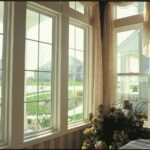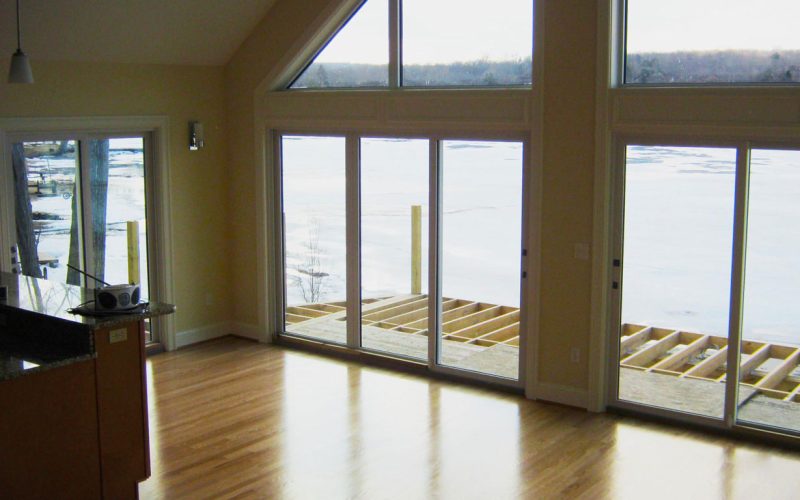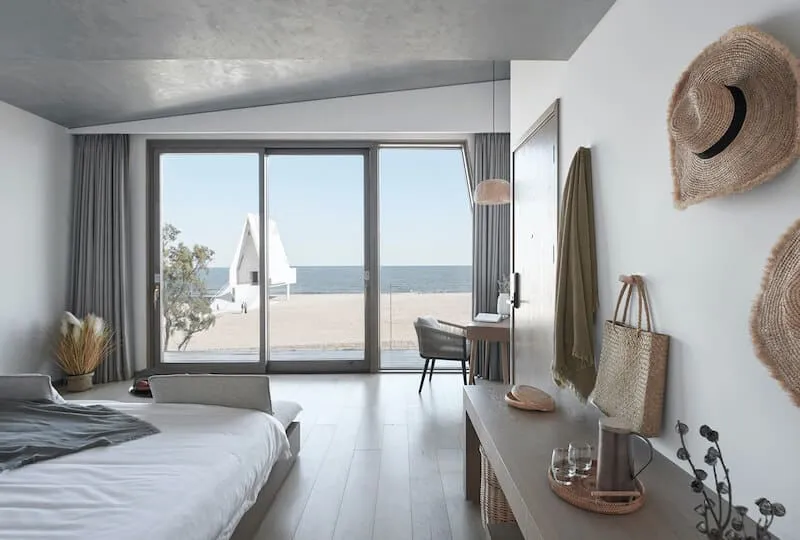
Choosing the Right Energy-Efficient Fiberglass Doors for Your Home
August 6, 2024
Comprehensive Installation Guide for Windows Vinyl
August 6, 2024Green building practices are gaining momentum as more people become aware of the need to create environmentally sustainable structures. As a result, architects and builders are increasingly turning to materials and designs that minimize environmental impact while maximizing energy efficiency. One such material that has become a key component in green building practices is fiberglass. Known for its durability and energy efficiency, fiberglass is particularly beneficial when used in door manufacturing. Fiberglass doors play a vital role in creating sustainable buildings by offering numerous environmental and practical advantages.
Advantages of Fiberglass Doors in Sustainable Building
Fiberglass doors are an excellent choice for sustainable building projects due to their unique properties. One of the main advantages of fiberglass doors is their durability. They are resistant to rot, rust, and warping, unlike traditional wood or metal doors. This resistance to environmental factors means that fiberglass doors have a long lifespan, reducing the need for frequent replacements and minimizing waste.
In addition to their durability, fiberglass doors are highly energy efficient. They offer excellent insulation properties, which can help maintain a stable indoor temperature. This insulation capability reduces the need for heating and cooling systems, leading to lower energy consumption and decreased carbon emissions. Fiberglass doors often come with a foam core that provides additional insulation, making them ideal for energy-efficient buildings.
Moreover, fiberglass doors are low-maintenance. They do not require frequent painting or staining, which means fewer chemicals are released into the environment during maintenance activities. This feature contributes to the overall sustainability of fiberglass doors, making them an environmentally friendly option.
The Environmental Impact of Fiberglass Doors
Fiberglass doors have a positive environmental impact compared to traditional building materials. The production process of fiberglass is less energy-intensive than that of metals such as steel and aluminum, resulting in lower greenhouse gas emissions. Additionally, fiberglass can be manufactured using recycled materials, further reducing its environmental footprint.
Another important aspect of fiberglass doors in green building practices is their recyclability. At the end of their life cycle, fiberglass doors can be recycled into new products, reducing landfill waste and conserving resources. This recyclability aligns with the principles of a circular economy, where materials are reused and recycled to minimize waste.
Fiberglass doors also contribute to improved indoor air quality. They are resistant to mold and mildew, which can be common issues in humid environments. This resistance reduces the likelihood of mold growth and the release of mold spores, promoting healthier indoor air quality.
Energy Efficiency of Fiberglass Doors
One of the primary reasons fiberglass doors are favored in green building practices is their exceptional energy efficiency. Traditional doors, such as those made of wood or metal, often allow for heat transfer, leading to energy loss. In contrast, fiberglass doors provide superior insulation, helping to maintain a comfortable indoor temperature.
Fiberglass doors are designed with thermal breaks that prevent the transfer of heat from the exterior to the interior. This design feature significantly reduces energy consumption, as less energy is needed to heat or cool the building. As a result, buildings equipped with fiberglass doors experience lower utility bills and a reduced environmental impact.
Furthermore, the energy efficiency of fiberglass doors extends to sound insulation. They are effective at reducing noise transmission, creating a quieter and more comfortable indoor environment. This feature is particularly valuable in urban areas where noise pollution is a concern.
Fiberglass Doors and LEED Certification
Fiberglass doors play a crucial role in achieving Leadership in Energy and Environmental Design (LEED) certification, a widely recognized green building rating system. LEED certification assesses buildings based on various sustainability criteria, including energy efficiency, indoor environmental quality, and material selection.
By incorporating fiberglass doors into building designs, architects and builders can earn LEED points in several categories. The energy efficiency of fiberglass doors contributes to improved building performance, aligning with LEED’s focus on reducing energy consumption and greenhouse gas emissions. Additionally, the use of recycled materials in fiberglass doors can earn points under the materials and resources category.
The durability and low-maintenance nature of fiberglass doors also support the sustainability goals of LEED certification. Buildings with long-lasting, easy-to-maintain materials are more likely to achieve higher LEED ratings, as they contribute to reduced waste and resource consumption.
Choosing the Right Fiberglass Doors for Green Projects
When selecting fiberglass doors for green building projects, it is essential to consider several factors to ensure they align with sustainability goals. First, assess the insulation properties of the doors to ensure they provide adequate thermal and sound insulation. High-quality fiberglass doors should have a well-insulated core and thermal breaks to maximize energy efficiency.
Next, consider the environmental credentials of the manufacturer. Look for manufacturers that use recycled materials in their production process and adhere to sustainable manufacturing practices. This information can often be found in the manufacturer’s sustainability reports or certifications.
Additionally, evaluate the door design to ensure it complements the building’s overall aesthetic and architectural style. Fiberglass doors come in various styles, finishes, and colors, allowing for customization to suit specific design preferences.
Fiberglass doors play a significant role in green building practices by offering numerous environmental and practical benefits. Their durability, energy efficiency, and recyclability make them an ideal choice for sustainable building projects. By incorporating fiberglass doors into designs, architects and builders can contribute to creating environmentally friendly structures that minimize resource consumption and promote energy efficiency. As green building practices continue to evolve, fiberglass doors will remain a key component in achieving sustainable and resilient buildings.
Read More:
Choosing the Right Energy-Efficient Fiberglass Doors for Your Home




